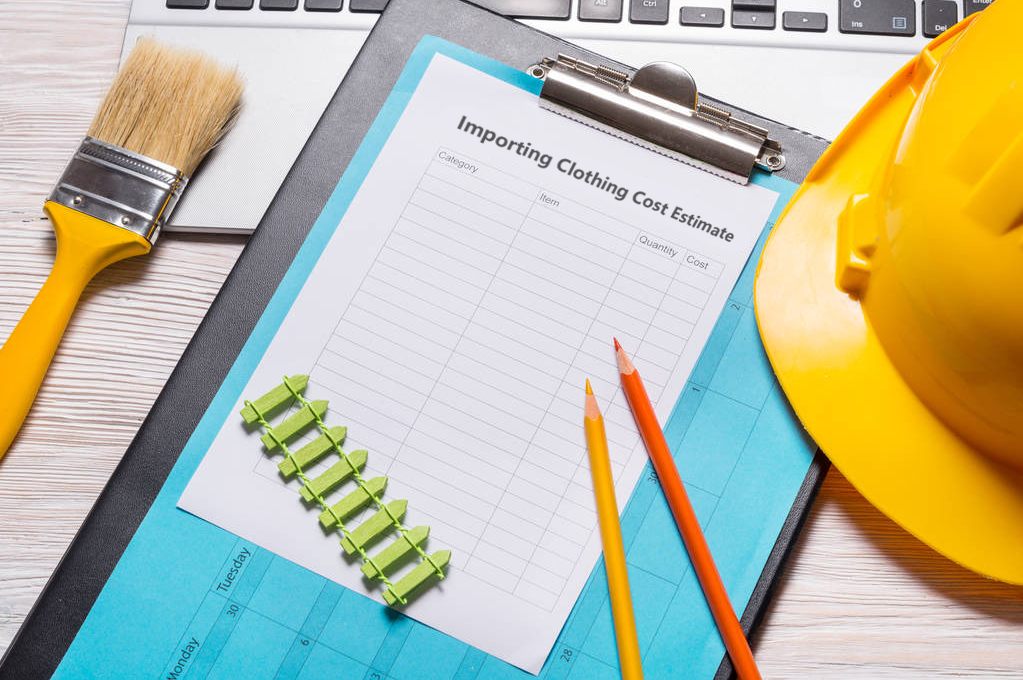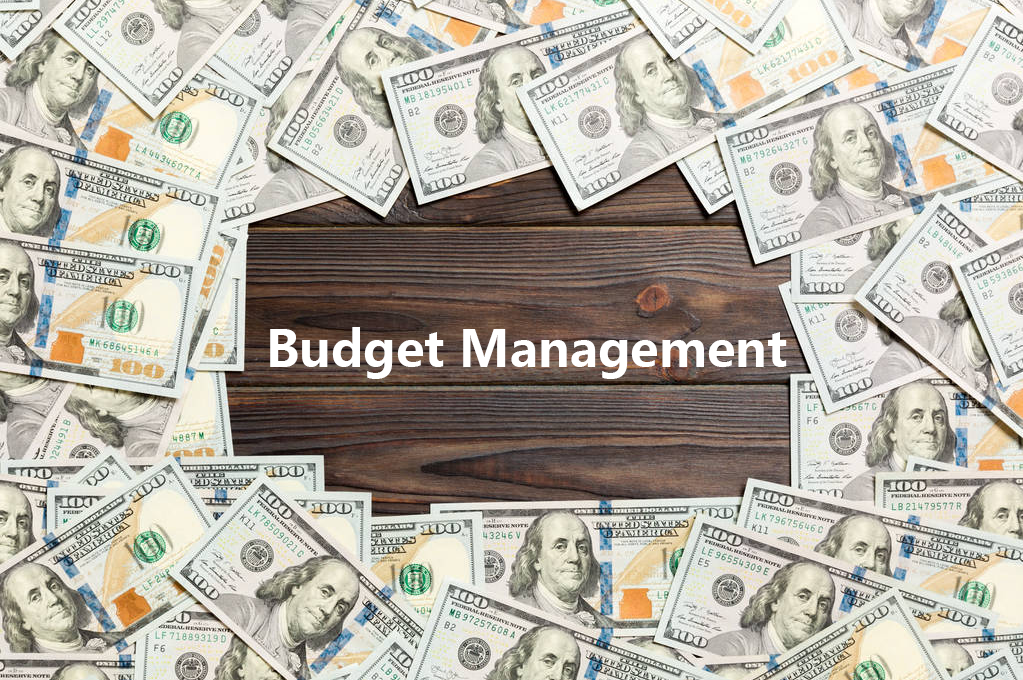Transporting garments from one country to another involves numerous costs that can significantly impact the overall profitability of your business. Effective cost estimation and budget management are essential to ensure that your import operations remain financially viable. This article can help you understand and control the various expenses associated with garment transportation.
Cost Factors
Procurement Costs:
- Includes the direct purchase price of garments from suppliers, which is the most direct cost component of the project.
Transportation Costs:
- Varies depending on the chosen mode of transport (air freight, Pengangkutan laut, road transport, etc.). Air freight is usually faster but more expensive, whereas Pengangkutan laut is slower but more economical.
- Other considerations include fuel surcharges, insurance premiums, and packaging costs.
Customs Clearance Fees:
- Includes fees for all procedures required for export and import, such as export licenses, import licenses, etc.
- Service fees charged by customs brokers are also an essential part of these costs.

Taxes:
- Primarily refers to import duties, Value Added Tax (VAT), and other applicable taxes. Different countries and regions apply different rates to various types of goods.
Storage and Distribution:
- Temporary storage space may be needed in the destination country until the goods are distributed to retailers or end-users.
- Domestic distribution costs are also a significant consideration.
Contingency Costs:
- Such as additional storage fees due to delayed shipments, increased costs due to exchange rate fluctuations, etc.
Cost Estimation Methods
Build a Cost Model:
- Create a detailed cost model that lists all potential expenses and estimates the amount for each item as accurately as possible.
Historical Data Analysis:
- If there are experiences from similar projects, historical data can be used to predict future costs.
Market Research:
- Conduct research to understand market price levels and obtain quotations from service providers like transportation companies and customs brokers.
Use Online Tools:
- Utilize cost calculators or relevant software tools available online to assist with estimations.
Consult Professionals:
- Seek advice from logistics experts, accountants, and other professionals to get expert opinions and recommendations.
Budget Management Strategies
Prioritize Cost-Efficient Solutions
Evaluate different transportation options and select the most cost-efficient solution that aligns with your business needs. For example, consolidating smaller shipments into one larger container can reduce the cost per unit.

Negotiate Better Rates
Establishing a long-term relationship with a freight forwarder can lead to better rates and more favorable terms. Leverage your volume of business to negotiate discounts or preferential treatment.
Implement Cost Control Measures
Implementing strict cost control measures can help keep your budget under control. Regularly review your transportation expenses and identify areas where costs can be reduced. For instance, optimizing your supply chain to minimize the need for expedited shipping can save you money.
Monitor and Adjust
Monitor your actual spending against your estimated costs regularly. If there are discrepancies, investigate the reasons and adjust your budget accordingly. Keeping a close eye on your finances can help you respond quickly to unexpected expenses and maintain financial stability.
Effective cost estimation and budget management are critical for the success of garment transportation. By understanding the various cost components, accurately estimating these costs, and implementing robust budget control strategies, you can ensure that your import operations remain profitable and sustainable. Continuous monitoring and adjustment of your budget plans will help you adapt to changing market conditions and maintain a competitive edge in the dynamic world of garment importing.

